Name Charmian London | Role Writer | |
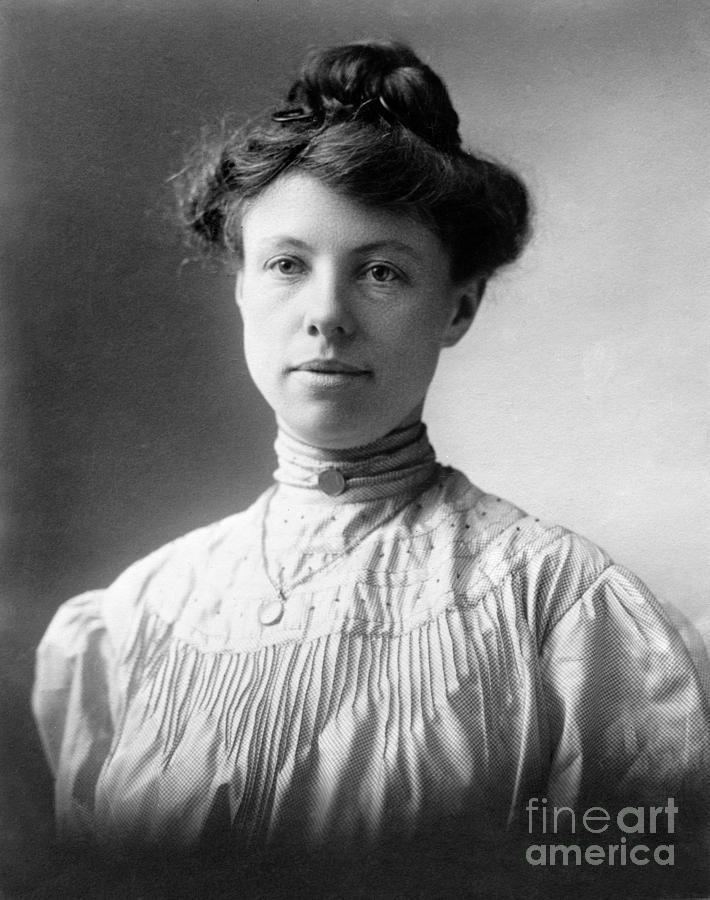 | ||
Parents Dayelle Wiley, Willard Kittredge Books The log of the Snark, Jack London in Aloha‑Land, The Book of Jack London V1, The Book of Jack London V, Book of Jack London | ||
Jack and charmian london s wolf house
Charmian Kittredge London (November 27, 1871 in Wilmington, California – January 14, 1955 in Glen Ellen, California) was an American writer and second wife of Jack London.
Contents
- Jack and charmian london s wolf house
- Writing Fun Ep 228 The Secret Life of Mrs London with Rebecca Rosenberg
- Early life
- Marriage and writing career
- Widowhood
- References
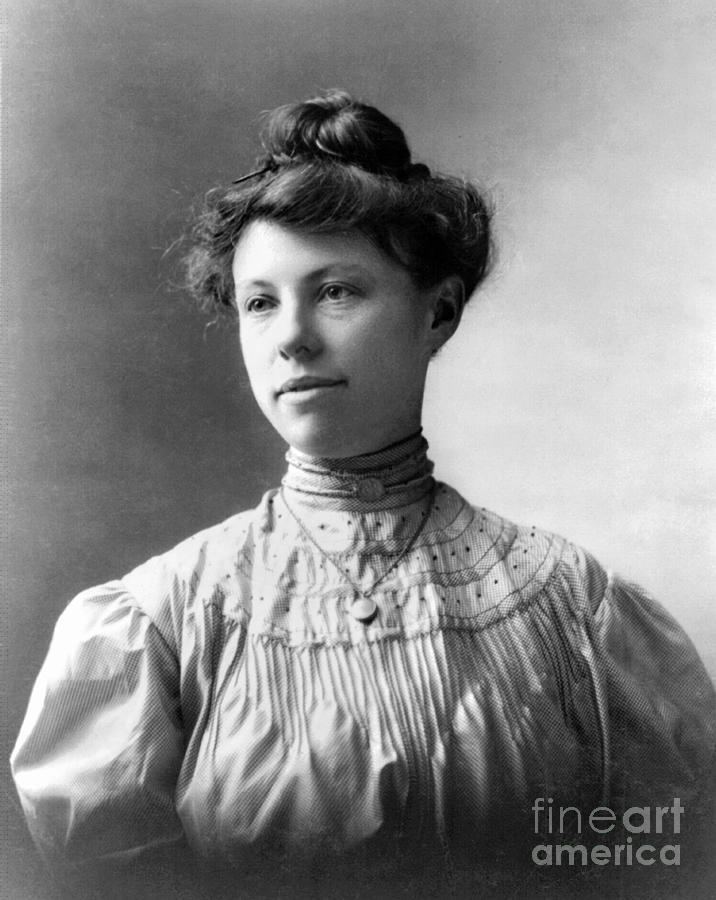
Writing Fun | Ep. 228 : The Secret Life of Mrs. London with Rebecca Rosenberg
Early life
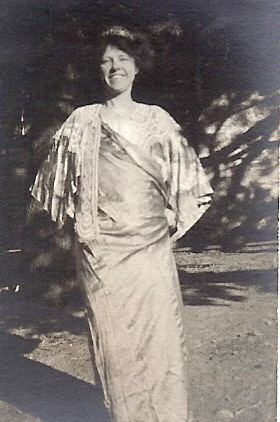
Charmian Kittredge was born to poet Dayelle "Daisy" Wiley and California hotelier Willard Kittredge at a railroad outpost south of Los Angeles. Her mother died in 1877 when she was six years old. Charmian's father sent her to Oakland, California, where she was raised by her aunt, Ninetta "Netta" Wiley Eames and husband Roscoe Eames, who had no children of their own. A noted essayist and editor, Netta Wiley taught Charmian at home, emphasizing literature, the fine arts, and piano. A business manager, Eames taught her shorthand, typing and accounting. When the Eames household moved to Berkeley, California, Charmian became exposed to leaders in the Arts and Crafts movement, which shaped her aesthetics. Lectures given by University of California professors introduced her to modern literature and philosophy. Believing in free love, the Eames encouraged an attitude toward sexuality as pleasurable and guilt-free. By adolescence Charmian was typical of the New Woman emerging to counter traditional feminine roles.
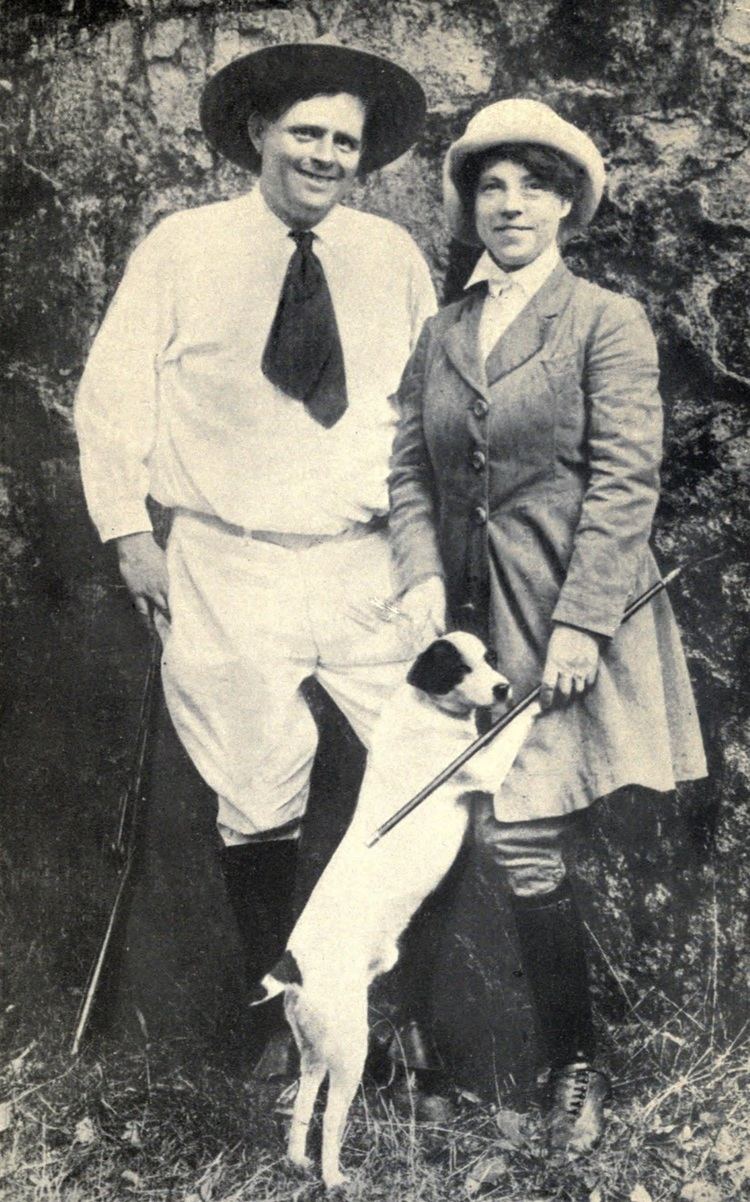
Charmian inherited funds from both sides of her family. These enabled further education at Mills College, where she concentrated on a non-degree program of literature, the arts, and philosophy. She also worked as secretary to the school's co-founder and later President, Susan Tolman Mills. During the 1890s, she worked for a shipping firm in San Francisco, California, during a time when middle-class women stayed at home. She learned photography and published some images. An avid horseback rider, she created a split skirt to ride astride, this during a time women rode sidesaddle. She also accompanied vocalists and string players at local concerts. She befriended Grace Hudson, and posed for some of her art work. A European tour in 1901 furthered her appreciation of the fine arts and music.
Marriage and writing career
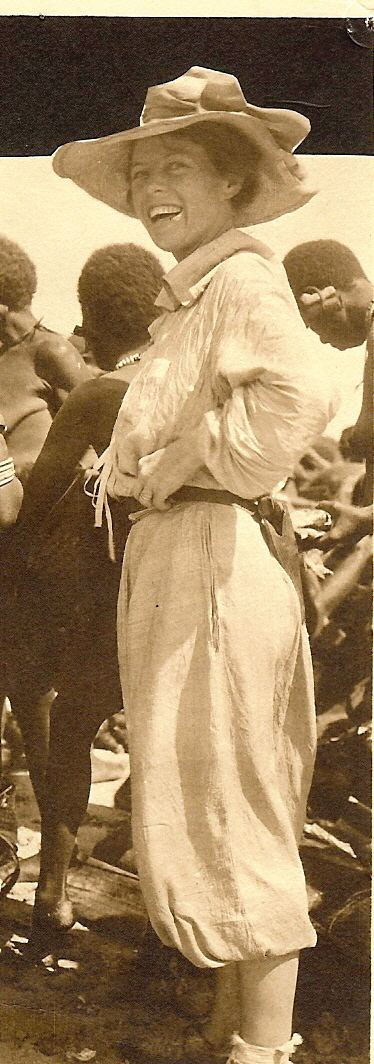
Charmian met Jack London in March 1900 during a luncheon with Netta Wiley Eames, who was an editor for the Overland Monthly. Five years younger than Charmian, London found her literary knowledge impressive, and admired her support for Socialism. A month later London married Elizabeth "Bess" Maddern, with whom he had two children.
During this time Charmian began her own writing career. She reviewed London's The Son of the Wolf, albeit Netta Wiley appropriated the material as her own. She published non-fiction essays, including a plea for women to quit riding sidesaddle. She also became part of Jack's social circle of Bohemian artists and writers known as The Crowd. During this time Jack became enamored of Anna Strunsky, a Socialist who co-authored his epistolary novel The Kempton-Wace Letters.
In the summer of 1903, London took his family to a resort in Glen Ellen, California, Wake Robin now owned by Netta Wiley. Jack left his family to take a short sailing trip, but was injured in a buggy ride. Bess Maddern asked Charmian, living nearby, to look in on him. The result was a long secret love affair that led to divorce. The new couple married in Chicago on November 19, 1905. Charmian supported the honeymoon including Jack lecturing on Socialism. A trip to a recently independent Cuba followed, during which she took photographs of the island landscape.
The couple settled at Wake Robin and developed a plan to buy land on Sonoma Mountain for ranching. Upon reading Joshua Slocum's Sailing Alone Around the World, they decided to do repeat the journey. The trip on the Snark, designed by Jack, went only to Australia, yet provided the material for books by both writers. Charmian published articles for Mid-Pacific Magazine, along with The Log of the Snark (1915), and Our Hawaii (1917),
The Log was well-received by reviewers, who described the book as "clever, lucid, conversational, emotionally revealing, and humorous." Our Hawaii reflected upon the changes in the island between 1907 and 1916 to deplore the rapid changes brought about by tourism.
Charmian played a direct role in her husband's writings as well. First, she was the model for many of his fictional characters, such as Saxon in The Valley of the Moon, Lute in "Planchette," and Paula in Little Lady of the Big House. Although London portrayed New Women prior to marrying Charmian, these and other characters incorporated full dimensions of his wife's character. Latest scholarship reveals Charmian to have been a collaborator as well. Often described as London's typist, she was also his editor. In that regard she shared his intentions, by deleting material consistent with his purpose and suggesting changes in structures. Even more, she contributed passages, most notably descriptions, her forte. Both the original manuscripts and her diaries document her full involvement in many of his writings.
She was an active partner in the Beauty Ranch, their spread on Sonoma Mountain in Glen Ellen. Their plan was a self-sufficient and sustainable source of food products. Jack's stepsister, Eliza Shepard, managed activities under his direction. Charmian's main interest was animal husbandry. She participated in the choice of stock for breeding and was known for her intuitive eye, notably with regard to horses. The couple won top awards at the California State Fair for their breeds.
Widowhood
Jack died of uremia in 1916, bequeathing nearly his entire estate to Charmian and leaving token amounts to his first wife and their children. Charmian and Jack had no children who survived them. A daughter, Joy, died soon after birth and another pregnancy ended in miscarriage.
Following Jack's death, Charmian joined Eliza Shepard in saving their home the Beauty Ranch. She complete many sales of screenplay rights with filmmakers. She also wrote prefaces to his writings that were published posthumously, including Dutch Courage and Other Stories (1922). She completed his unfinished novel Cherry for Cosmopolitan magazine. Perhaps her most significant activity to publicize London's works was trips abroad to arrange good translations and protect copyrights.
As part of her marketing London's name, she publishedThe Book of Jack London (two volumes) (1921). These writings about London's life are considered by scholars to be important if sometimes flawed sources of biographical information. One biographer calls it "an uneven account that omits Jack's illegitimacy, yet has surprisingly frank information nonetheless concerning his personality."
She wrote nonfiction over the years as well. Key themes were animal protection and prisoner rights. Our Hawaii: Islands and Islanders updated her earlier version by including more of her husband's views, along with her praise for the original island culture.
Aware her Book of Jack London was neither comprehensive nor unbiased, she searched for an experienced biographer to prepare a comprehensive study. This led in 1935 to her inviting Irving Stone to the ranch to study the extensive collection of letters and documents needed for the work. Discovering he went into some of her hidden diaries, Charmian evicted him from the ranch. His Sailor on Horseback received reviewer criticism for lifting material from London's fiction as fact, excessive womanizing, and failures as a writer and rancher. Charmian and Eliza Shepard were shocked to read the claim Jack had committed suicide. The publishers brought out the second edition with the subtitle "A Biographical Novel." In response to Stone's version, Charmian supported stepdaughter Joan London. Her Jack London and His Times emphasized her father's Socialist writings and activities. As a further block on Stone's book, Charmian arranged screenplay rights of her biography. "Jack London" featured in 1943, starring Milo O'Shea and Susan Hayward.
Long afflicted by high blood pressure, by 1947 Charmian was often bed ridden as a result of strokes. She died in 1955, at the age of 83. Her ashes rest beside her husband Jack's under the rock that marks their grave near Glen Ellen, California at Jack London State Historic Park.
